Pladia, a platform that builds, manages and improves visitor experiences by experiential design company Art Processors, has announced Pladia Extend’s first product: Digital Labels. This is a hardware-agnostic solution that addresses the real challenges museums face with digital object labels and interpretation.
Following extensive research with cultural institutions, the firm has developed Digital Labels that work for visitors and the teams managing them. These labels are flexible, reliable, and easy to operate. This new product launch addresses common challenges faced by museums with digital object labels.
Pladia Extend is a component of the larger Pladia platform, designed to support the cultural sector in delivering exceptional visitor experiences across various digital channels. It allows operators to control in-gallery digital displays, kiosks, and signage using the same system that runs the mobile guide, Pladia Empower. Digital Labels, the initial product in this suite, helps institutions make interpretation more accessible and scalable.
This off-the-shelf solution can be deployed in days.
Solving challenges
Digital object labels promise features like dynamic content, multilingual support, multimedia storytelling, and instant updates. Yet, for many museums, the reality is more complicated.
Proprietary hardware limits flexibility, making upgrades costly. Connectivity issues, such as Wi-Fi dropouts, frustrate visitors, disrupting the experience with blank screens. Complex management systems create bottlenecks, as many tools demand technical expertise, leaving non-technical staff dependent on IT or vendors. Custom solutions are effective for single exhibits but lack scalability, making them challenging to maintain across larger spaces.
In response, Digital Labels, designed with input from cultural institutions, aim to be simpler and more effective.
Based on Pladia’s research with museums worldwide, Digital Labels were designed around four core principles. The solution works with existing hardware, provides reliable offline performance, offers unified and straightforward content management, and enables location-based content.
Digital object labels extend beyond describing artefacts; many institutions want their in-gallery screens to serve multiple purposes, such as sharing practical information, promoting campaigns, and highlighting memberships or donations. Digital Labels provide a flexible framework that enables real-time updates and the display of useful visitor information alongside interpretive content.
This extensibility ensures a museum’s digital labels support the entire visitor experience and align with organisational goals.
Real applications
Digital Labels offer practical solutions to common challenges faced by museums in delivering effective interpretation.
They can transform cabinet displays by replacing multiple static labels with a single digital object label, allowing visitors to access high-resolution images, videos, and stories without visual clutter. Additionally, Digital Labels help activate underutilised spaces, such as outdoor sculptures and architectural details, by providing rich interpretation where printed labels may not be feasible.
They also enable museums to showcase conservation efforts, sharing behind-the-scenes images, curator commentary, and updates during artefact restorations or loans, thus keeping visitors engaged.
Furthermore, Digital Labels improve accessibility and inclusivity by supporting screen readers, multilingual content, and alternative formats. QR handoffs to mobile devices empower visitors to access additional accessibility features on their personal devices.
Lastly, in noisy environments, Digital Labels can deliver audio and video content without disrupting the space. Through a configurable setting called Noisy Mode in the Pladia Console, institutions can control whether audio plays aloud, making it adaptable to different gallery conditions.
When Noisy Mode is off, audio doesn't play from the screen. Visitors must scan a QR code to listen privately via Pladia Empower on their device. This helps customers use their content, prevents noise pollution, and eliminates the need for shared headphones.
Digital Labels fit into museum workflows
Digital Labels are built as a Progressive Web App (PWA), meaning they work on any modern browser without needing separate apps or app store approval.
This approach offers instant deployment across compatible devices and automatic updates that require no manual maintenance. It features a responsive design adaptable to various screen sizes and orientations, along with attract loop functionality that displays your branding or messages when idle. Additionally, it ensures seamless mobile integration.
Visitors can scan QR codes on Digital Labels to explore on their device via Pladia Empower, accessing extended content, personal audio, accessibility settings, and tailored recommendations beyond the kiosk.
Digital Labels fit into museum workflows, separating content management from IT setup to avoid bottlenecks. A unified publishing system for mobile and in-gallery displays simplifies training. The scalable system works for single or multiple galleries, and analytics help refine visitor engagement strategies.
Digital Labels are the initial offering in the Pladia Extend series, which will soon feature Interactive Kiosks and Digital Signage. These products are centrally managed within a single system, enabling operators to expand their digital ecosystem seamlessly without the need to introduce new tools or workflows.
Pladia recently shared how its Event Sync AV solution has been deployed by the Museum of Contemporary Art Australia (MCA) to support an exhibit by Western Aranda artist Vincent Namatjira at Vivid Sydney 2025.
Charlotte Coates is blooloop's editor. She is from Brighton, UK and previously worked as a librarian. She has a strong interest in arts, culture and information and graduated from the University of Sussex with a degree in English Literature. Charlotte can usually be found either with her head in a book or planning her next travel adventure.
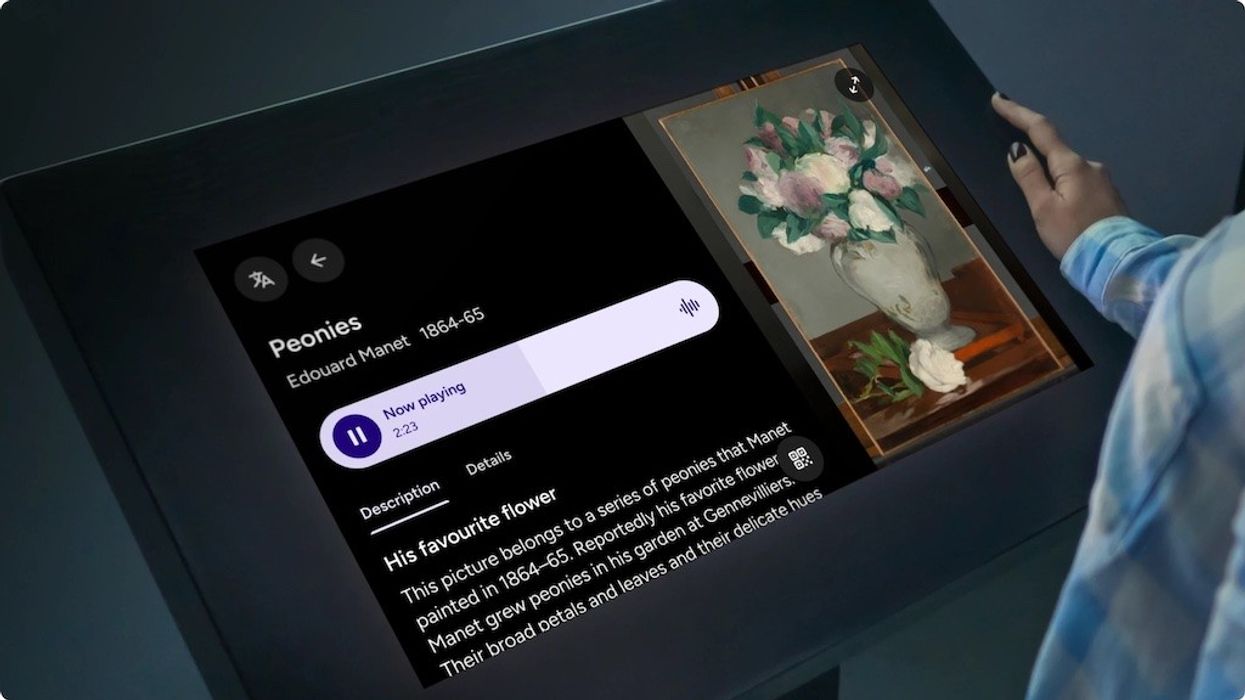

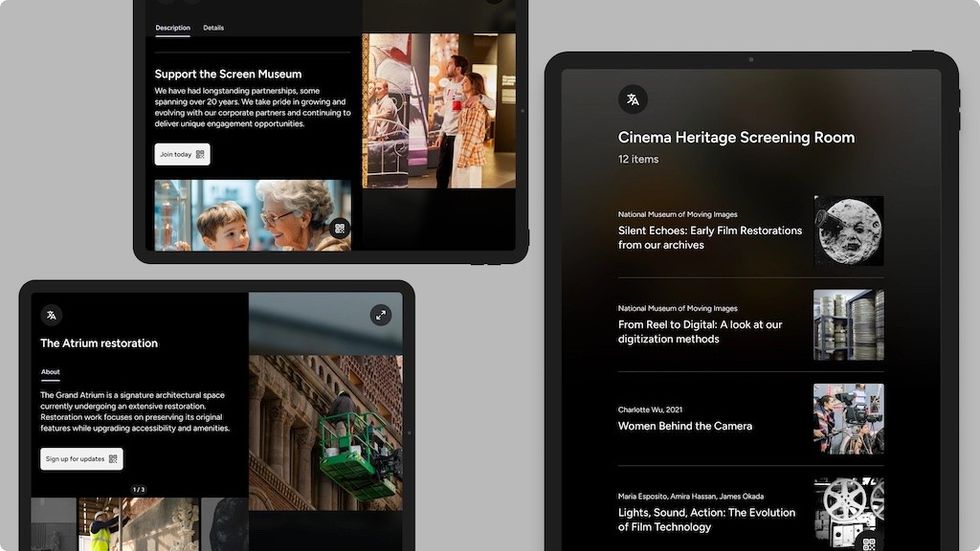

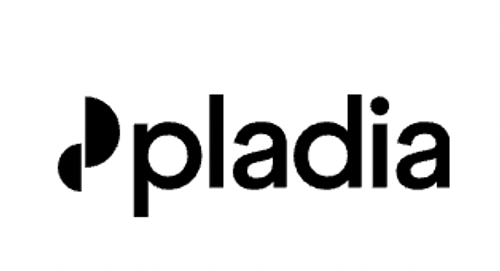


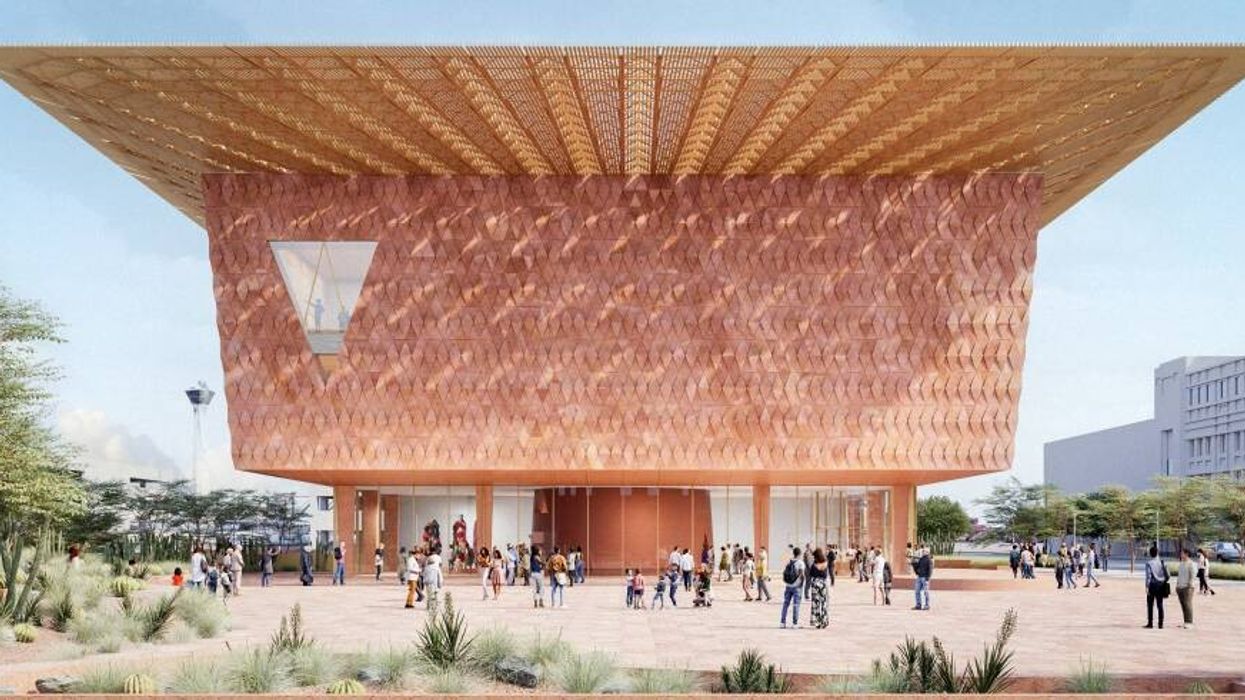
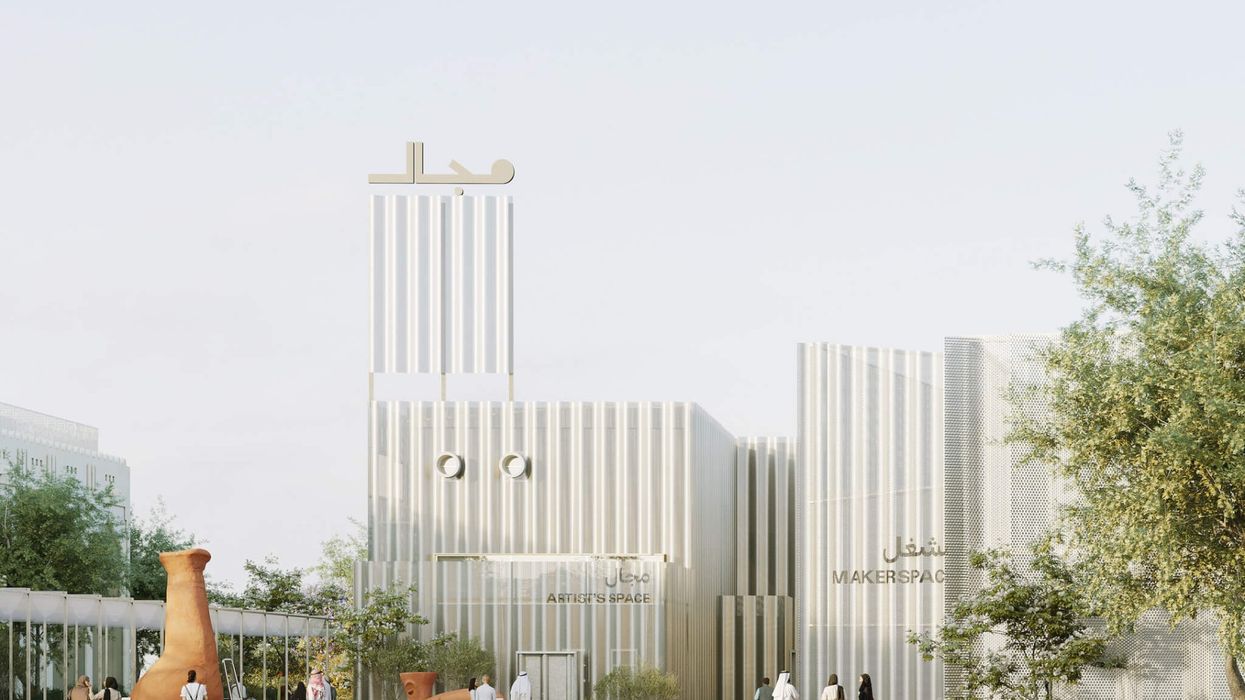
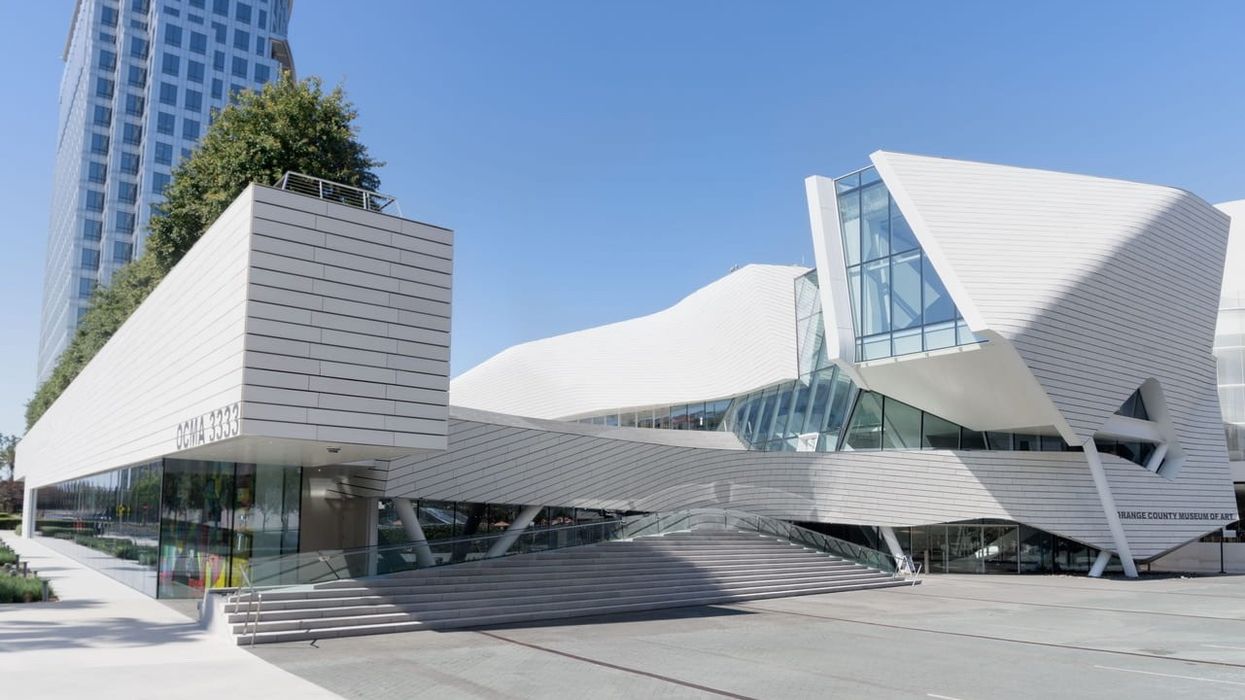
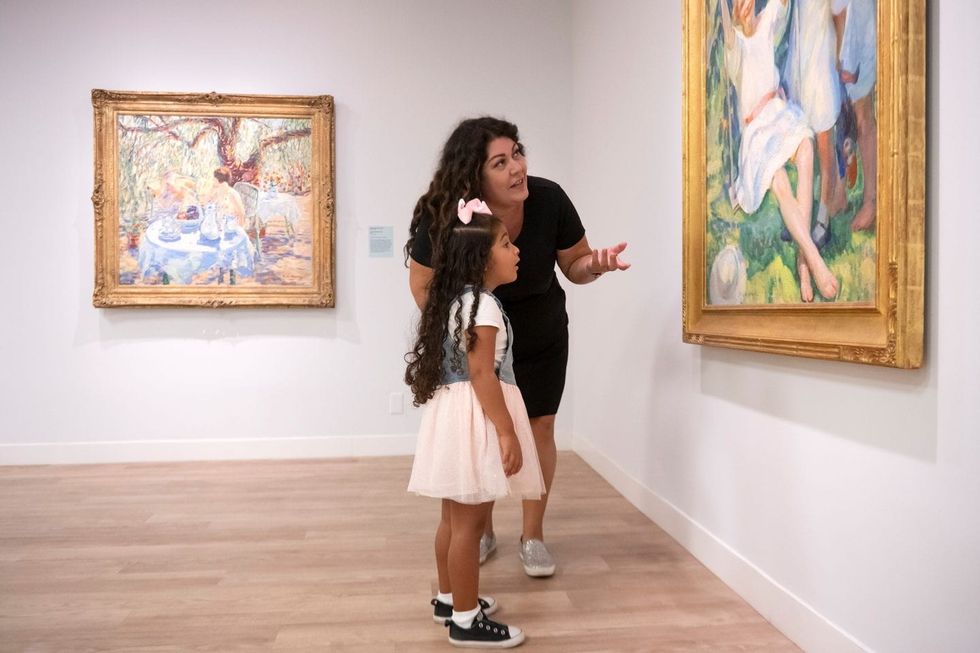



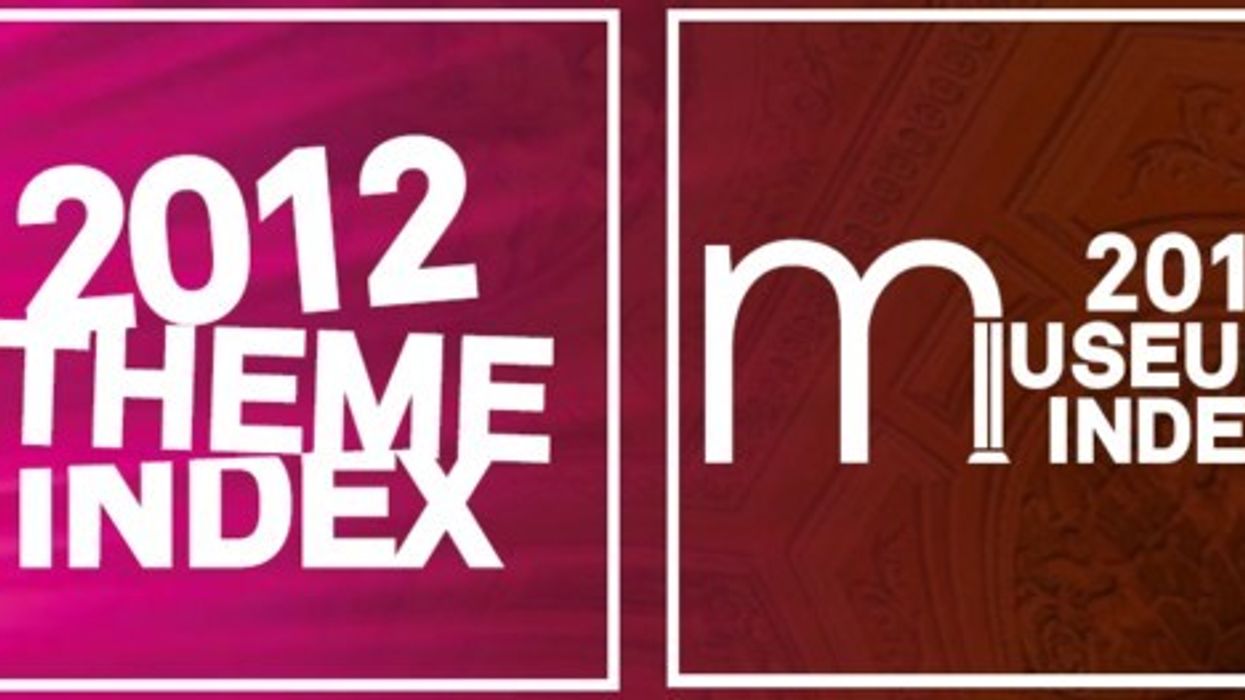
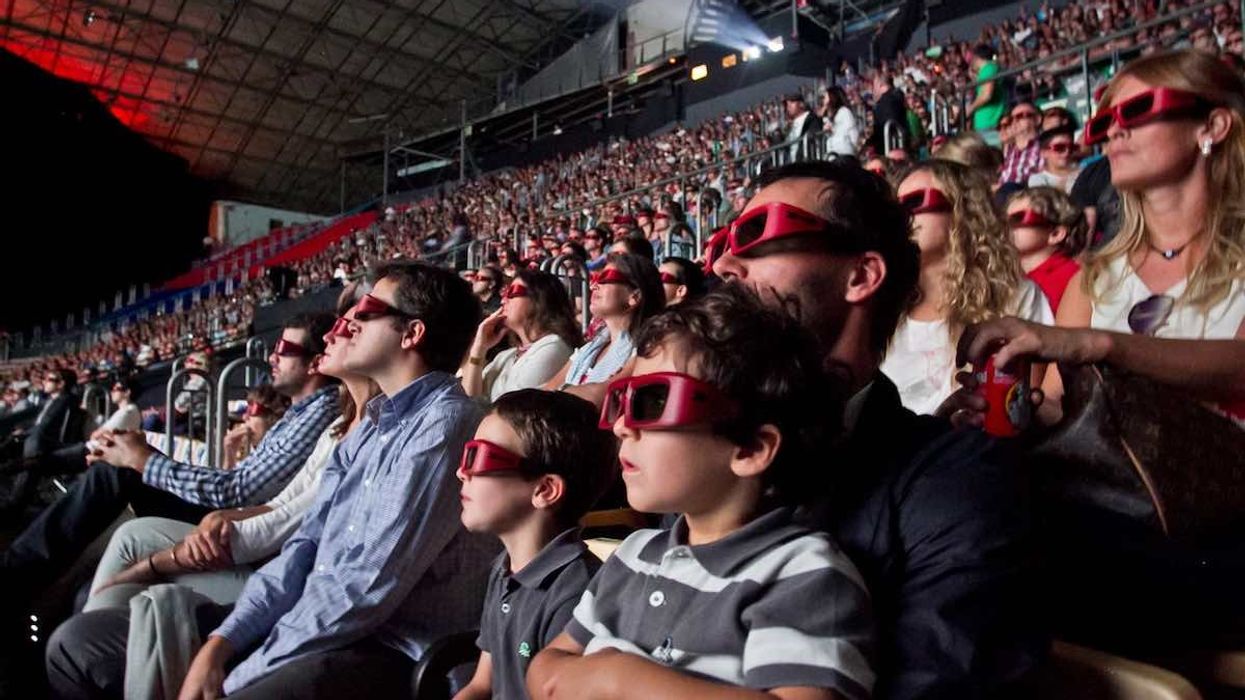
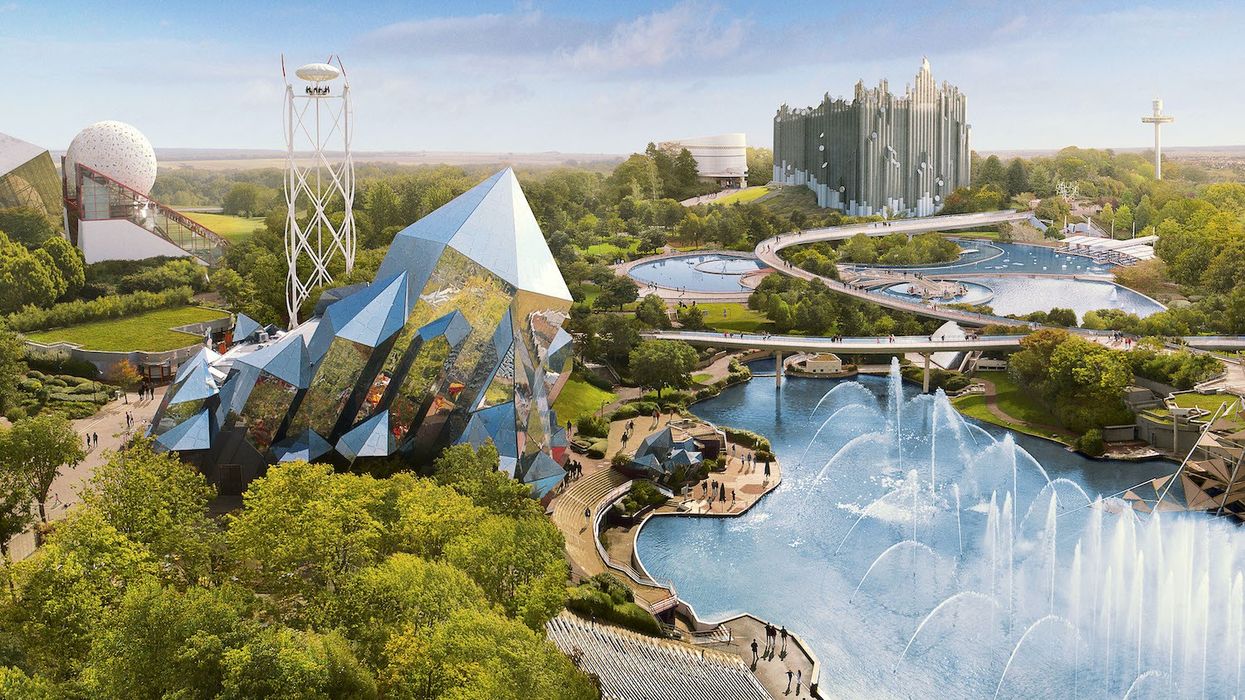
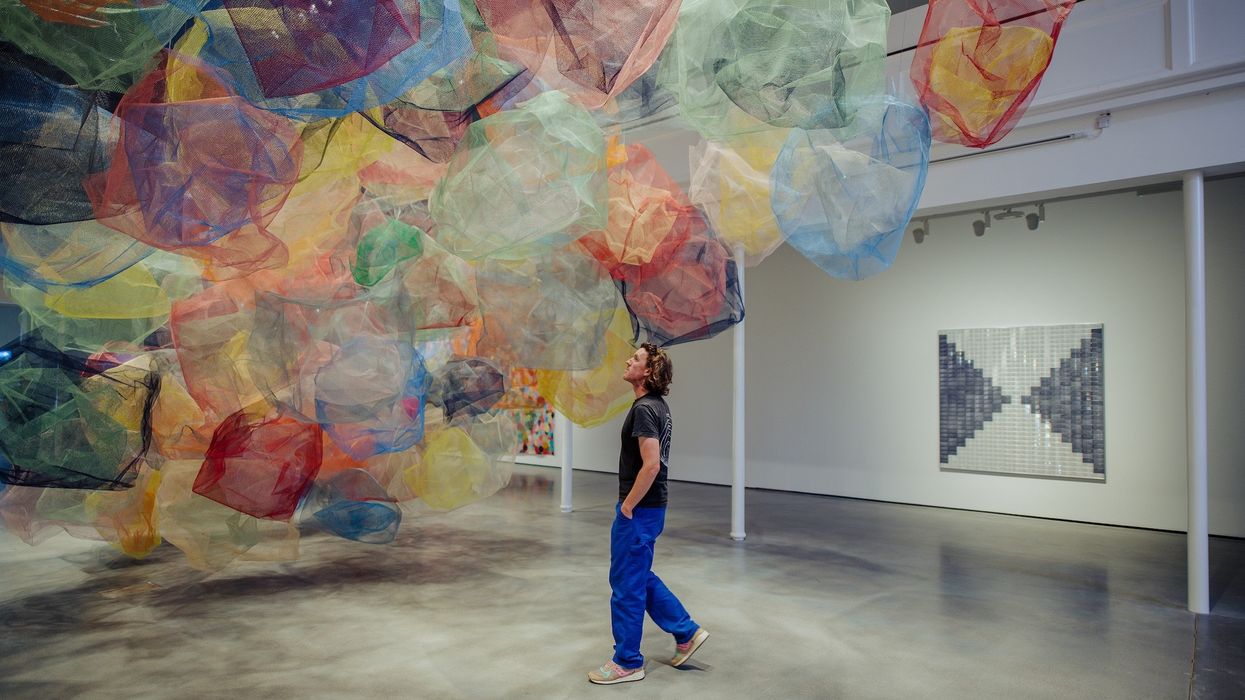
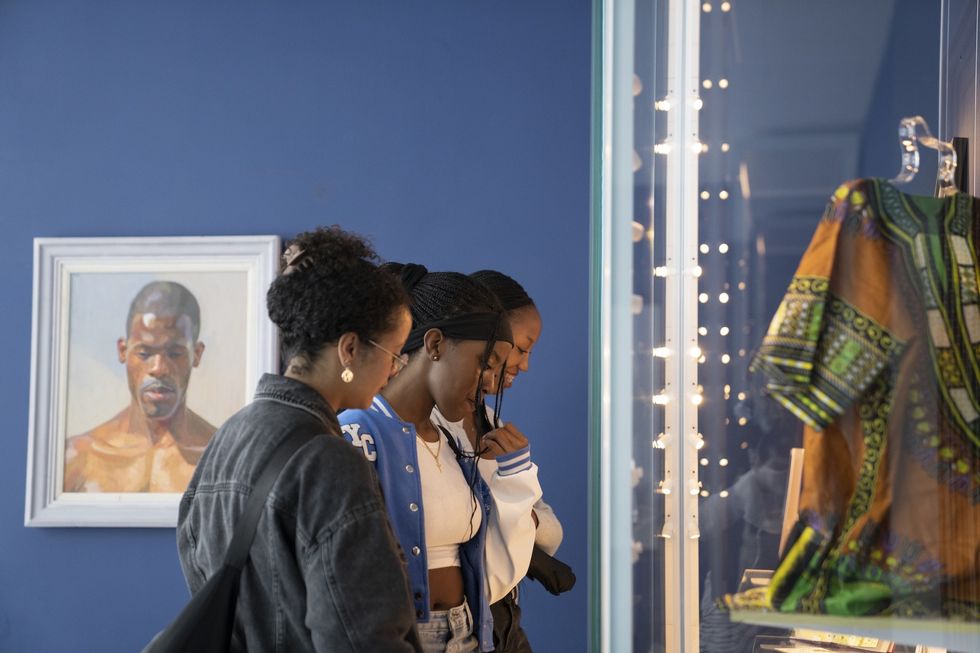
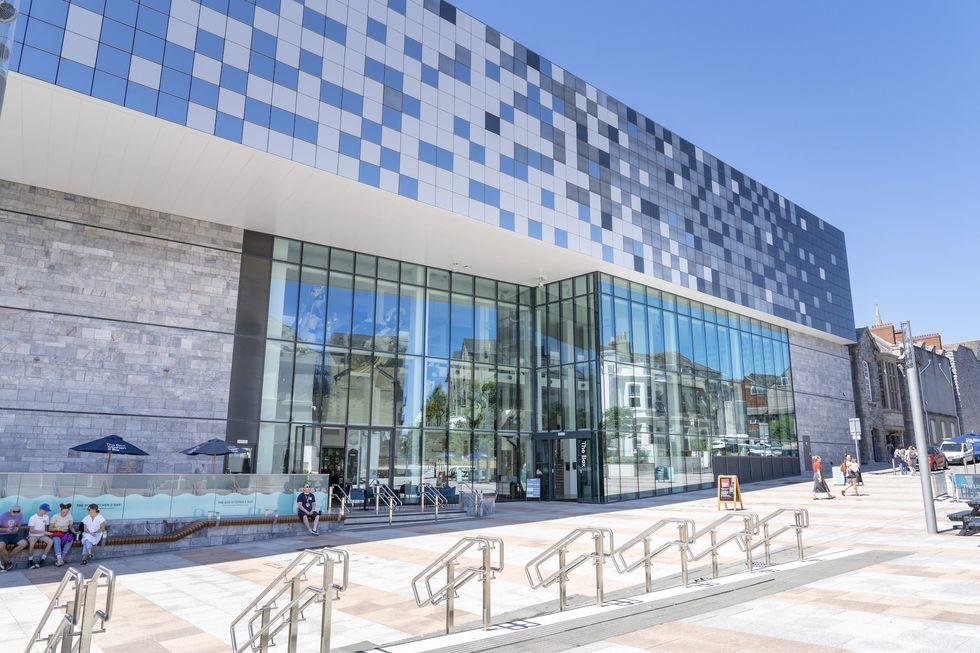

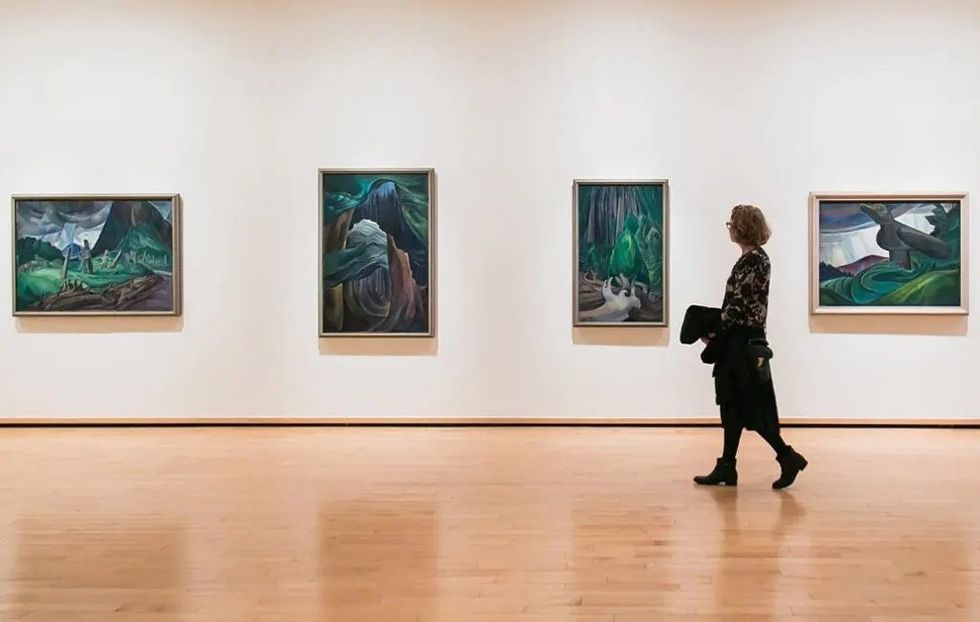
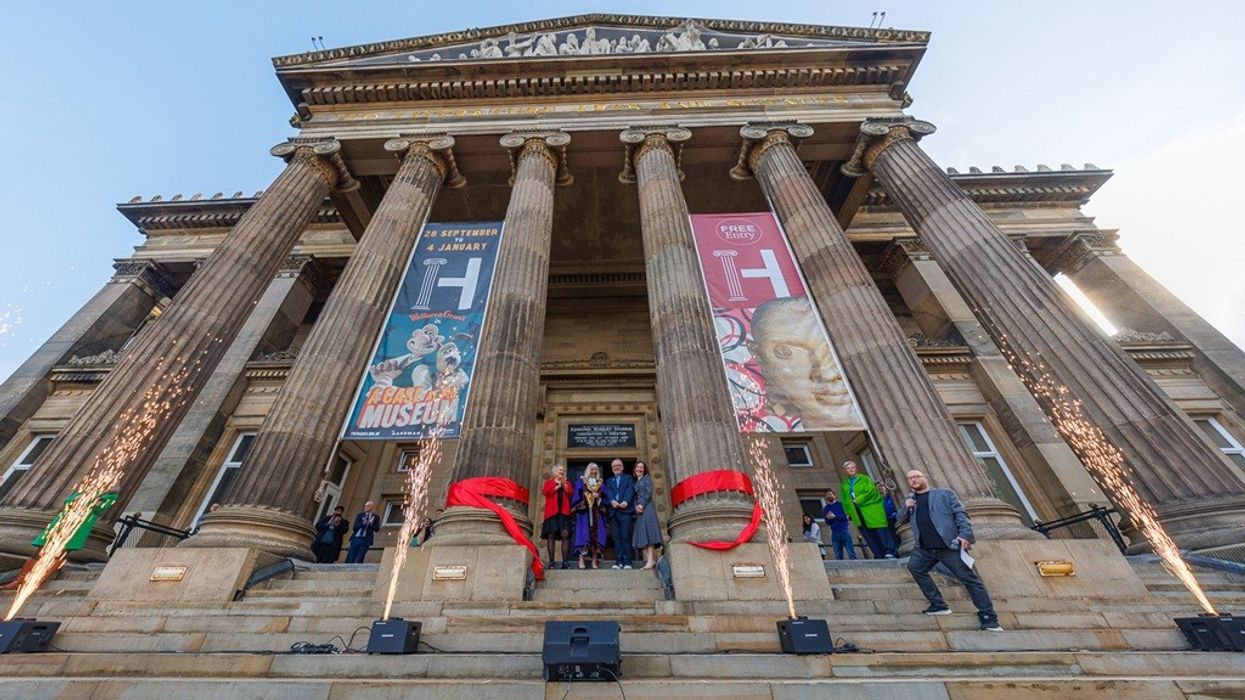
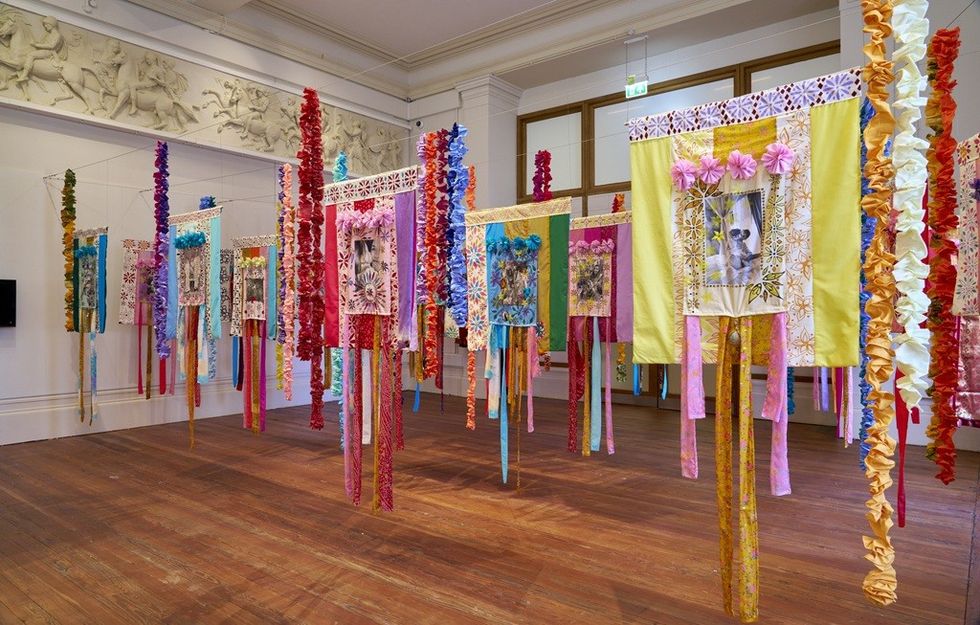 Courtesy Simon Critchley Photography
Courtesy Simon Critchley Photography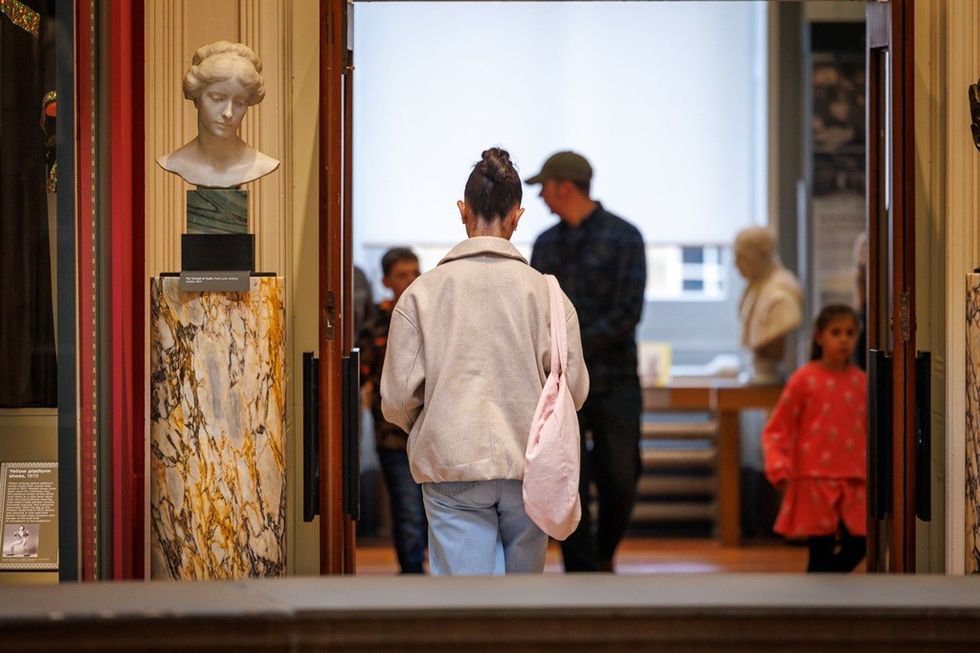 Courtesy Michael Porter Photography
Courtesy Michael Porter Photography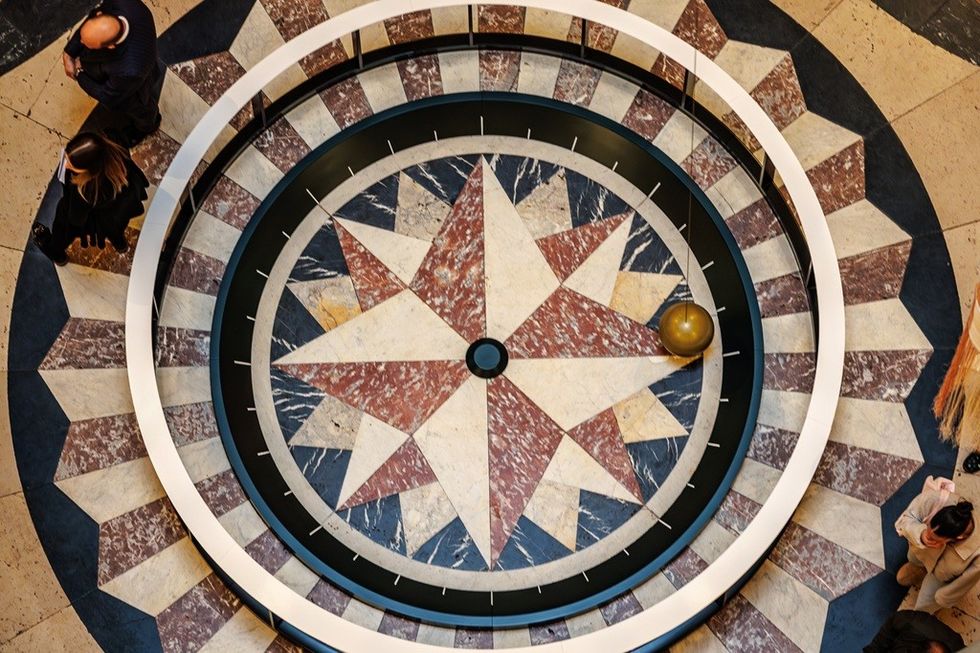 Courtesy Michael Porter Photography
Courtesy Michael Porter Photography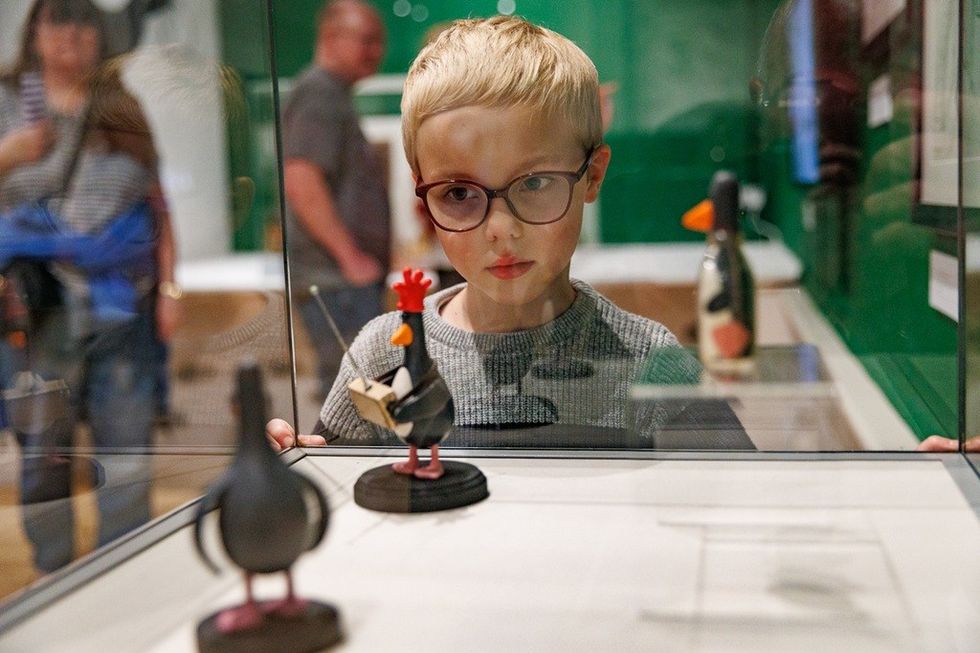 Courtesy Michael Porter Photography
Courtesy Michael Porter Photography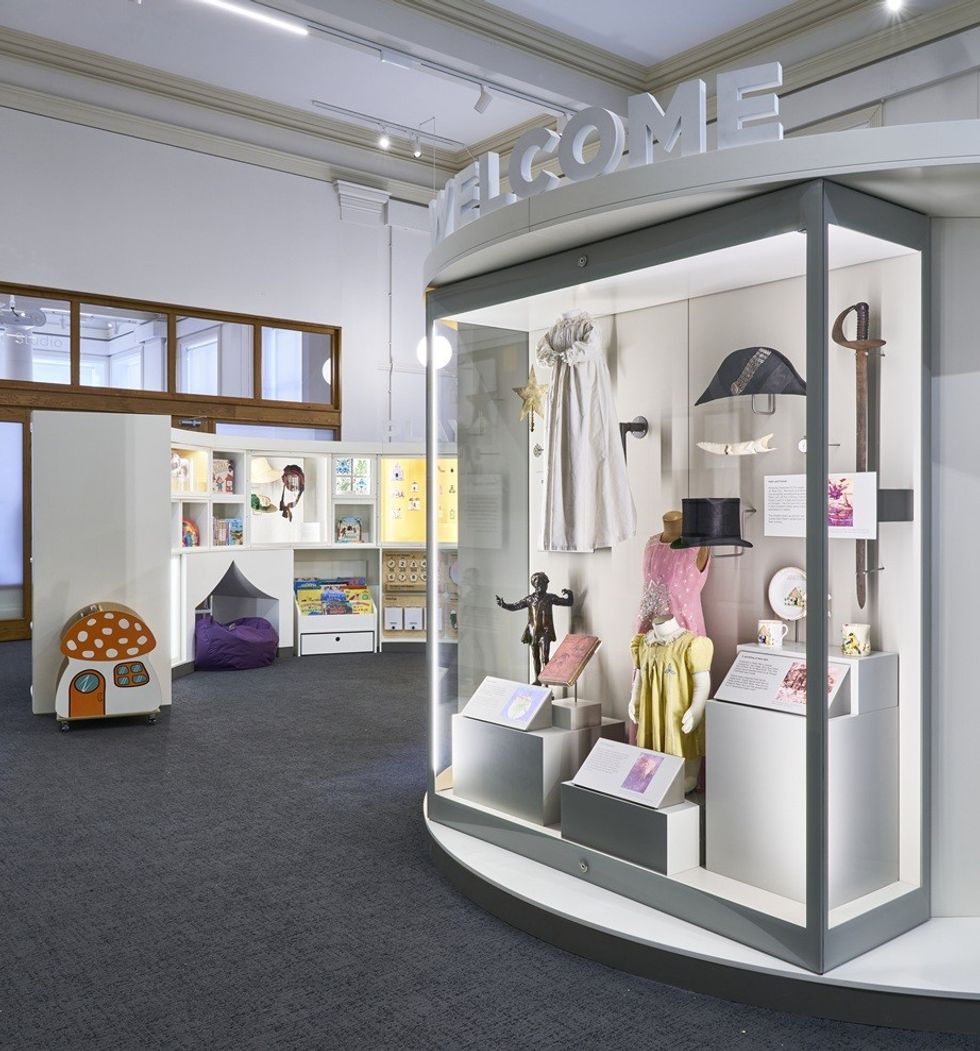 Courtesy Simon Critchley Photography
Courtesy Simon Critchley Photography Courtesy Michael Porter Photography
Courtesy Michael Porter Photography

